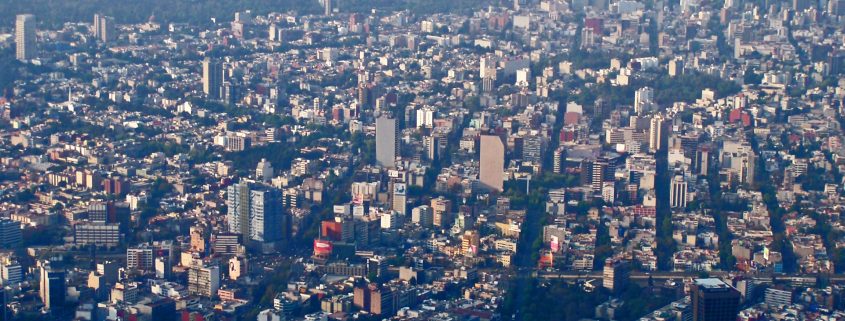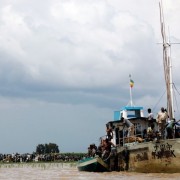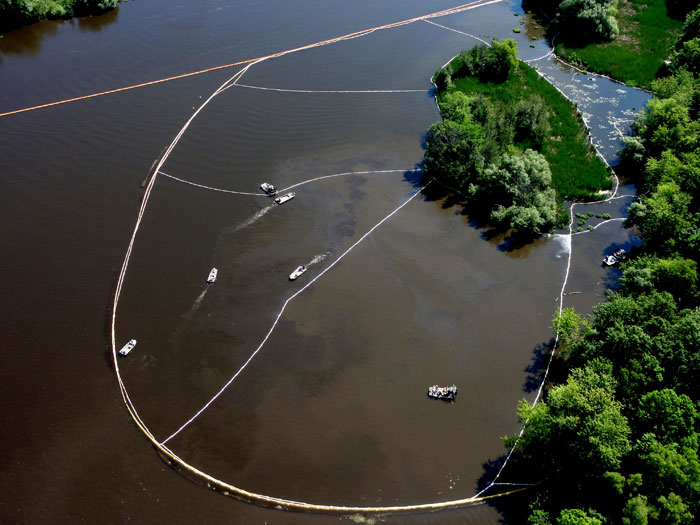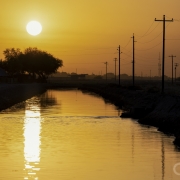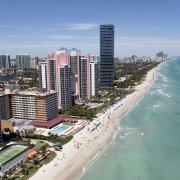Floods and Water Shortages Swamp Mexico City
Water crisis looms as the flood-prone city depletes its groundwater.
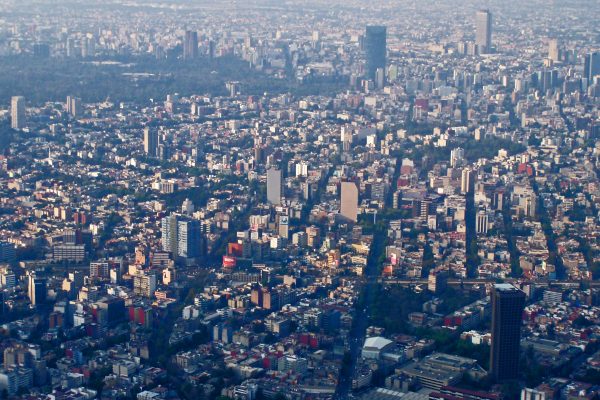
Ciudad de Méjico. (Photo by Edmund Garman/Wikimedia Commons)
The Rundown
Mexico City is a place of water paradox, where flooding is a constant risk and water shortages are a constant reality. In the 1300s, the Aztecs built the beginnings of Mexico City on an island surrounded by lakes. When Spanish conquerors came they hastily drained the lakes and constructed a larger city, despite being deluged by flood after flood. Today, flooding remains a risk.
So does groundwater depletion. Mexico City sits on clay lake beds in the mountains, a mile and a half above sea level. As the city’s population grows, Mexico City is forced to drill deeper for water and there is never enough. In some areas shortages are so severe that water is delivered by trucks just once a week. The excessive drilling led to another problem –Mexico City is slowly sinking into the earth, collapsing on itself.
“We line up at 3 in the morning for the pipa [water truck]. We wait for hours to get water that doesn’t last a week, and usually there aren’t enough pipas. Sometimes there is violence. Women sell their spaces in the line. If you’re from the wrong political party, you don’t get water. You have to show your party affiliation, your voting ID.” —Virginia Josefina Ramírez Granillo, a resident of the San Miguel Teotongo neighborhood, in reference to the water scarcity in many of Mexico City’s communities. In a few places, water is not even trucked in, forcing residents to travel long distances by foot to gather water.
By The Numbers
21 million Population of Mexico City. At least a fifth of the population does not have reliable tap water service. (The New York Times)
40 percent Proportion of Mexico City’s water that is piped in from remote sources. (BBC)
40 percent Proportion of water that is lost due to leaks and theft as it runs through the city’s 8,000 miles of pipes. (The New York Times)
9 inches Amount that the ground underneath parts of Mexico City sinks per year, according to data from late 2014 and early 2015. (The New York Times)
$100 billion Amount spent on an ambitious affordable-housing project since 2005. Many developers cut corners, leaving neighborhoods vulnerable to floods and grappling with failed water and sewer systems. (Los Angeles Times)
On The Radar
Mexico City is thirsty, sinking, and flood-prone, raising countless concerns about future water availability. Climate change could further upset the problem as rainfall becomes more unpredictable and dry spells more likely. Experts forecast that over the next 60 years average temperatures will rise by several degrees and annual rainfall will decrease by 20 percent.
Government officials are well aware of the city’s water crisis, but coordinating and financing sustainable projects has proven difficult. Federal funding for repairs to the city’s water infrastructure was recently slashed to zero. In the meantime, millions of residents wait, hoping for reliable water service that may never come.
Resources And Further Reading
A failed vision – Mexico’s Housing Debacle (Los Angeles Times)
In Mexico City Mud, Pena Nieto’s $13 Billion Airport Project Bogs Down (Bloomberg)
Mexico City hit hard by water shortages (Al Jazeera)
Mexico City, Parched and Sinking, Faces a Water Crisis (The New York Times)
Mexico City’s water crisis – from source to sewer (The Guardian)
The 11 cities most likely to run out of drinking water – like Cape Town (BBC)
Kayla Ritter is a recent graduate of Michigan State University, where she studied International Relations and Teaching English to Speakers of Other Languages. She is currently based in Manton, Michigan. Kayla enjoys running, writing, and traveling. Contact Kayla Ritter

